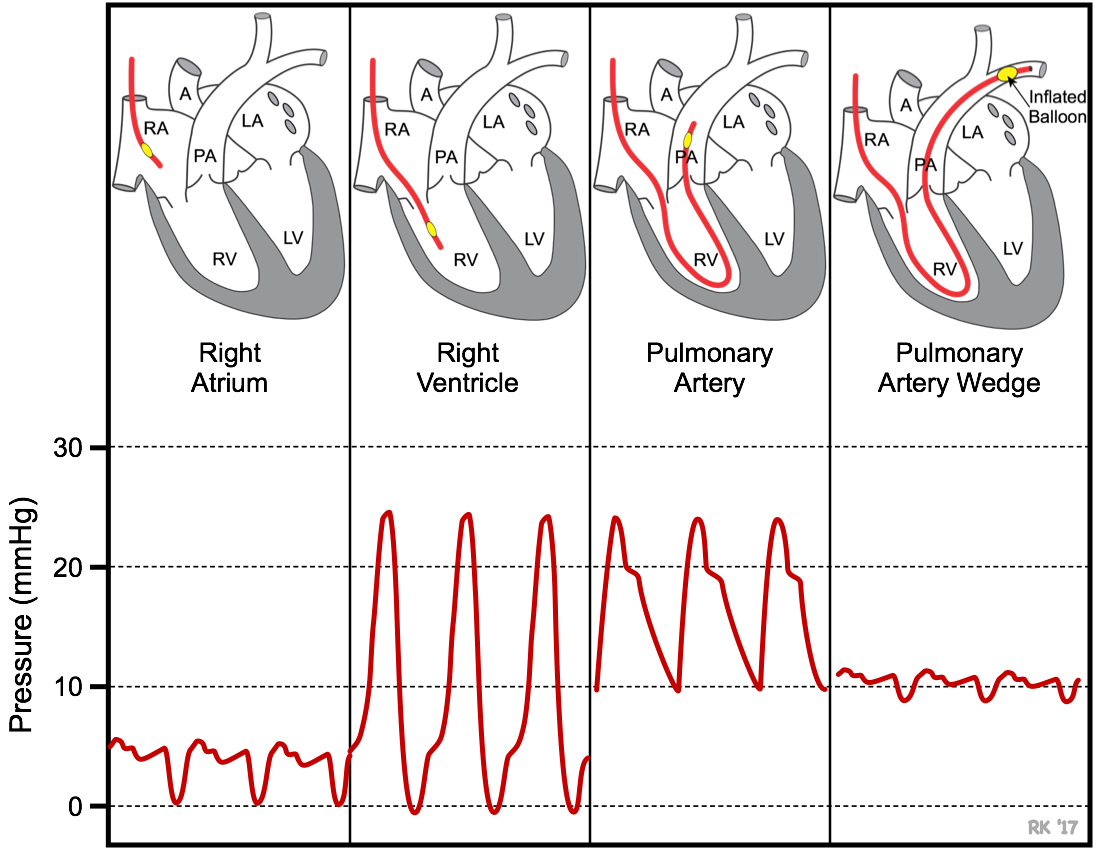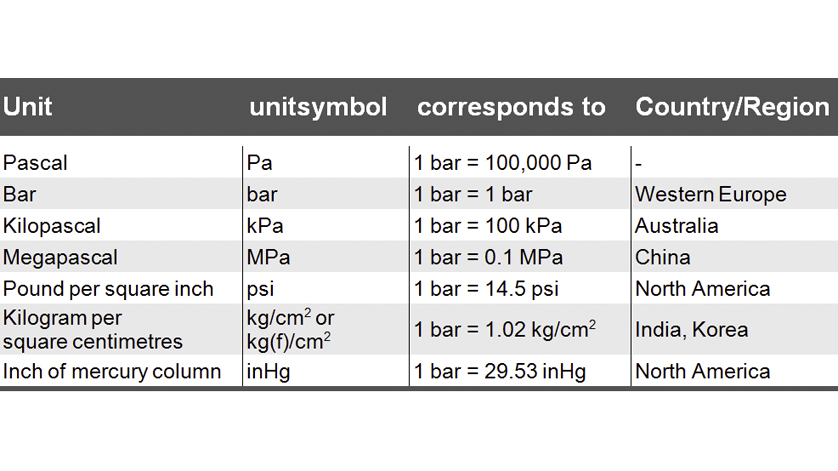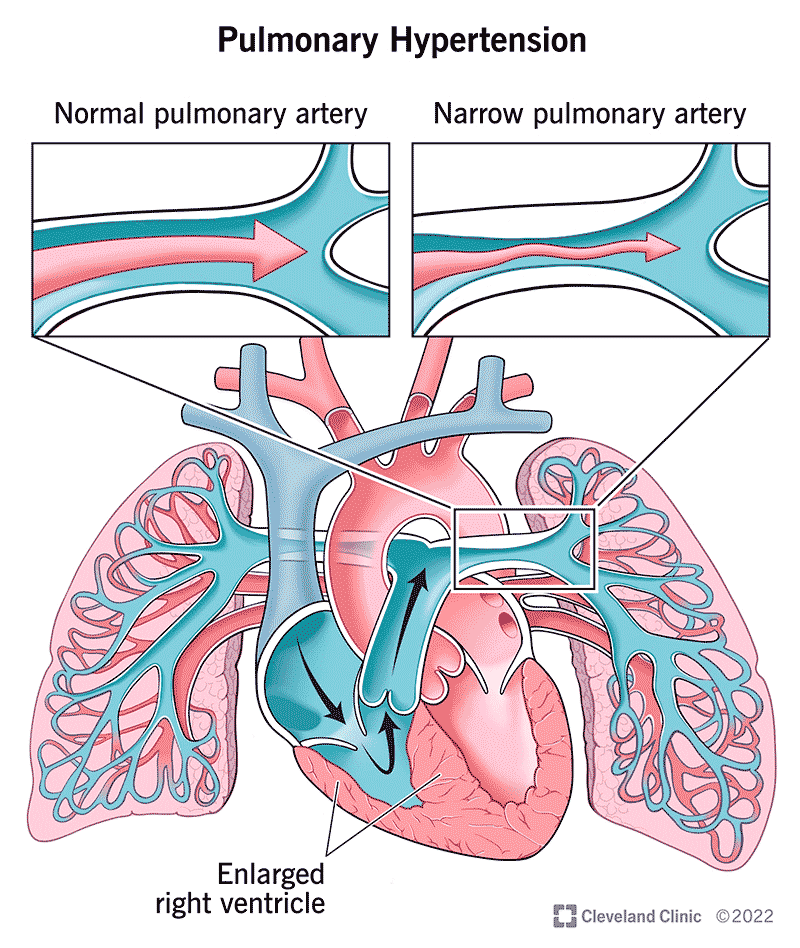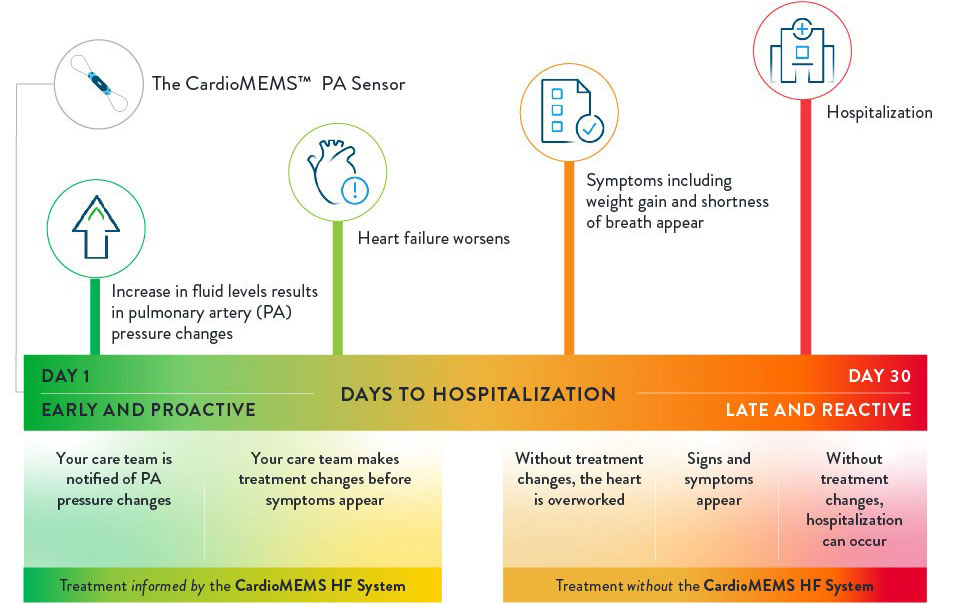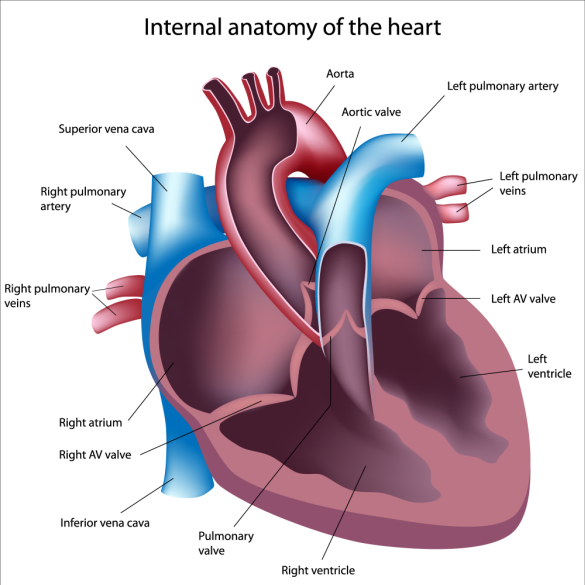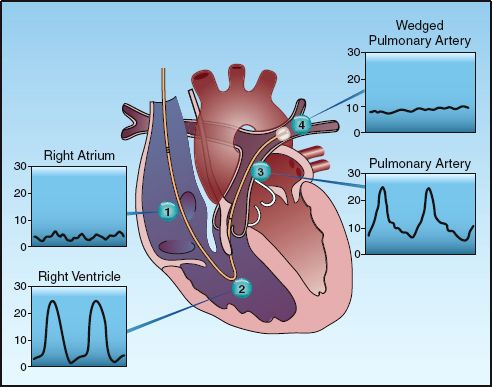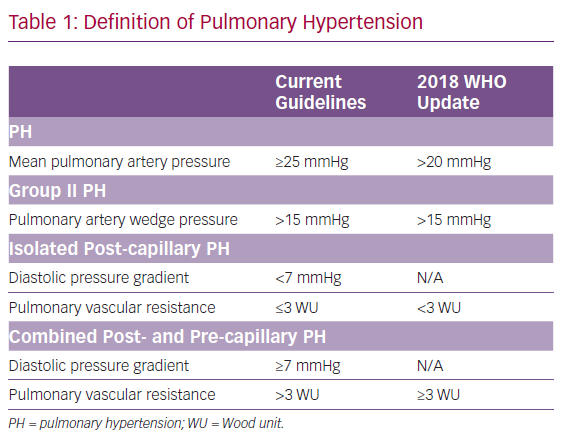
Right Ventricular-Pulmonary Arterial Coupling and Afterload Reserve in Patients Undergoing Transcatheter Tricuspid Valve Repair - ScienceDirect
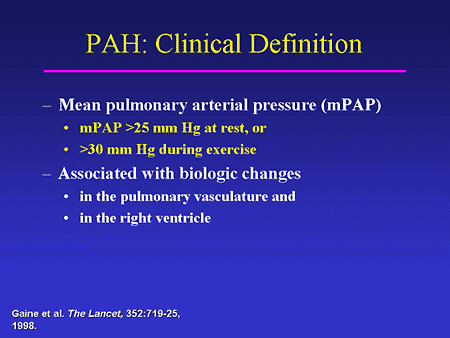
The Art and Science of the Right Heart: Diagnosis and Treatment of Cardiopulmonary Disease: Focus on Pulmonary Arterial Hypertension

Mildly elevated pulmonary artery systolic pressure on echocardiography: bridging the gap in current guidelines - The Lancet Respiratory Medicine

Andi Shahu, MD MHS on Twitter: "RHC showed normal right heart filling pressure (RA mean 3 mmHg), elevated PA pressure (105/36, mean 53 mmHg), low pulmonary capillary wedge pressure (4 mmHg and

Resting pulmonary artery pressure of 21–24 mmHg predicts abnormal exercise haemodynamics | European Respiratory Society

Mildly elevated pulmonary artery systolic pressure on echocardiography: bridging the gap in current guidelines - The Lancet Respiratory Medicine


